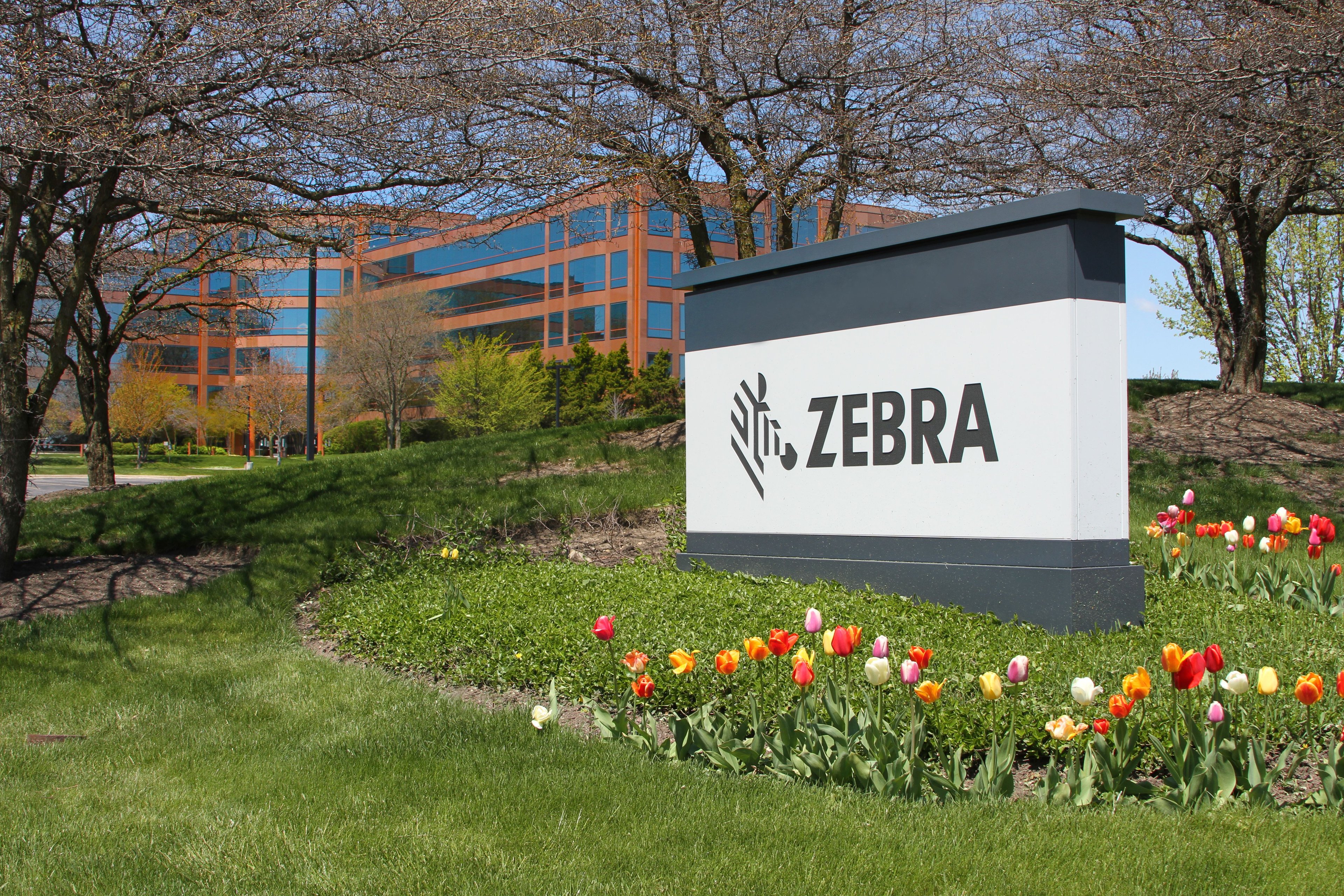Data collection and processing expert Zebra Technologies (ZBRA +0.15%) reported first-quarter results this Tuesday. The maker of barcode scanners, printing supplies, and other vital parts of modern supply chains beat its guidance projections across the board and gave its full-year revenue outlook a small boost. Here's a closer look at Zebra's first quarter.
Zebra Technologies' first-quarter results: The raw numbers
|
Metric |
Q1 2019 |
Q1 2018 |
Year-Over-Year Change |
|---|---|---|---|
|
Revenue |
$1.07 billion |
$977 million |
9.1% |
|
Net Income |
$115 million |
$109 million |
5.5% |
|
GAAP earnings per share (diluted) |
$2.12 |
$2.01 |
5.5% |
Data source: Zebra Technologies. GAAP = generally accepted accounting principles.
What happened with Zebra Technologies this quarter?
- Three months ago, Zebra's management guided first-quarter revenues to roughly $1.05 billion and adjusted earnings to approximately $2.85 per diluted share. The company edged out the revenue target and also beat its earnings projections with an adjusted net profit of $2.92 per diluted share.
- The company posted solid growth across all product categories and most of its geographical markets, led by particularly healthy increases in the data capture and mobile computing portfolios. Latin America was the exception to the rule, delivering sales 3% below the year-ago period due to political instability in that region.
- Adjusted gross margin stopped at 47.2%, down from 47.7% in the same period of 2018. Zebra's product mix slid toward a slightly less profitable end of the spectrum.

Image source: Zebra Technologies.
What management had to say
On the first-quarter earnings call, CEO Anders Gustafsson laid out a flexible framework for Zebra's current growth ambitions:
We are focused on driving growth in attractive markets, where we can leverage our competitive advantages. We plan to scale existing categories, where we are under-penetrated and enter new markets outside the core that advance us as a solutions provider. We expect to gain traction in these markets through both organic and inorganic investments.
He used RFID (radio frequency identification technologies) as an example of organic growth, as Zebra is launching both fixed and mobile products built around it. These easy-to-use tools "provide our customers significantly higher tracking accuracy for various use cases," Gustafsson said. That's one benefit of removing as much human error as possible from your business model.
Looking ahead
Management issued the following guidance targets for the second quarter.
- Zebra should grow its net sales by approximately 8%, landing near $1.09 billion. This forecast includes a 3% boost from the integration of recent acquisitions, as well as a 0.5% headwind from currency-translation effects.
- Adjusted EBITDA margins should stop just below 21%, down from 21.1% in the first quarter and up from 19.7% in the second quarter of 2018.
- Adjusted earnings should stop in the neighborhood of $2.88 per share. That would be a 16% year-over-year increase.
Looking a bit further ahead, Zebra now expects full-year sales to land 6.5% above 2018's total, adding up to roughly $4.49 billion. That's up from the $4.45 billion target that was set alongside February's fourth-quarter report.
Other full-year ambitions were held steady: Adjusted EBITDA margins are seen rising just above the 21% mark and Zebra should produce something around $625 million of free cash flow.






